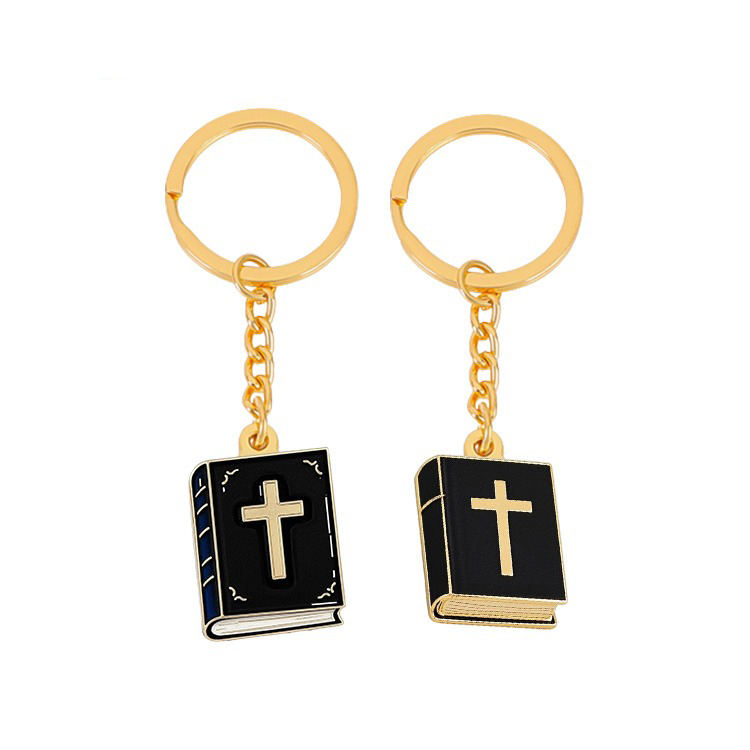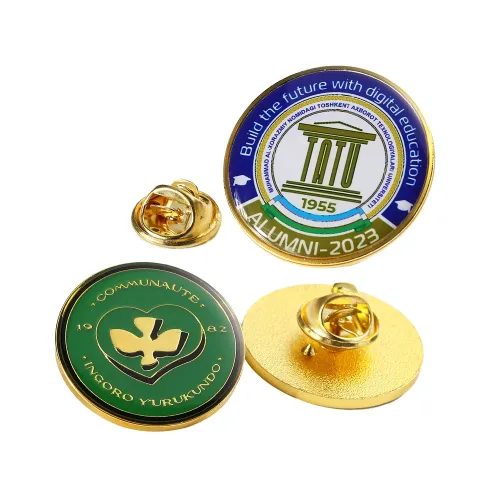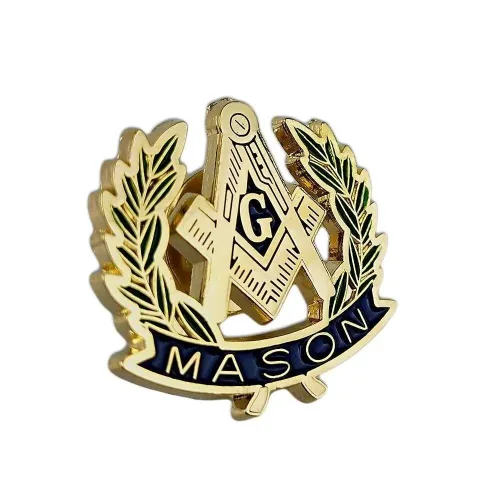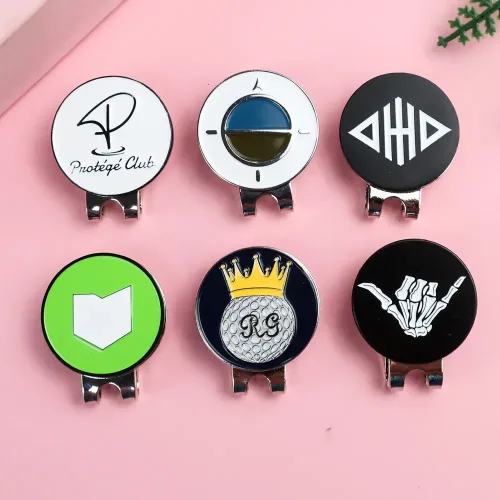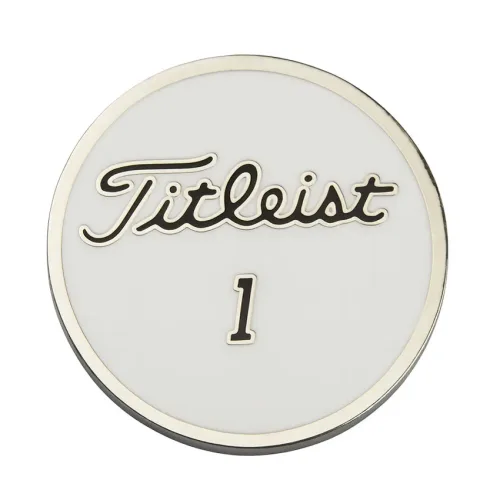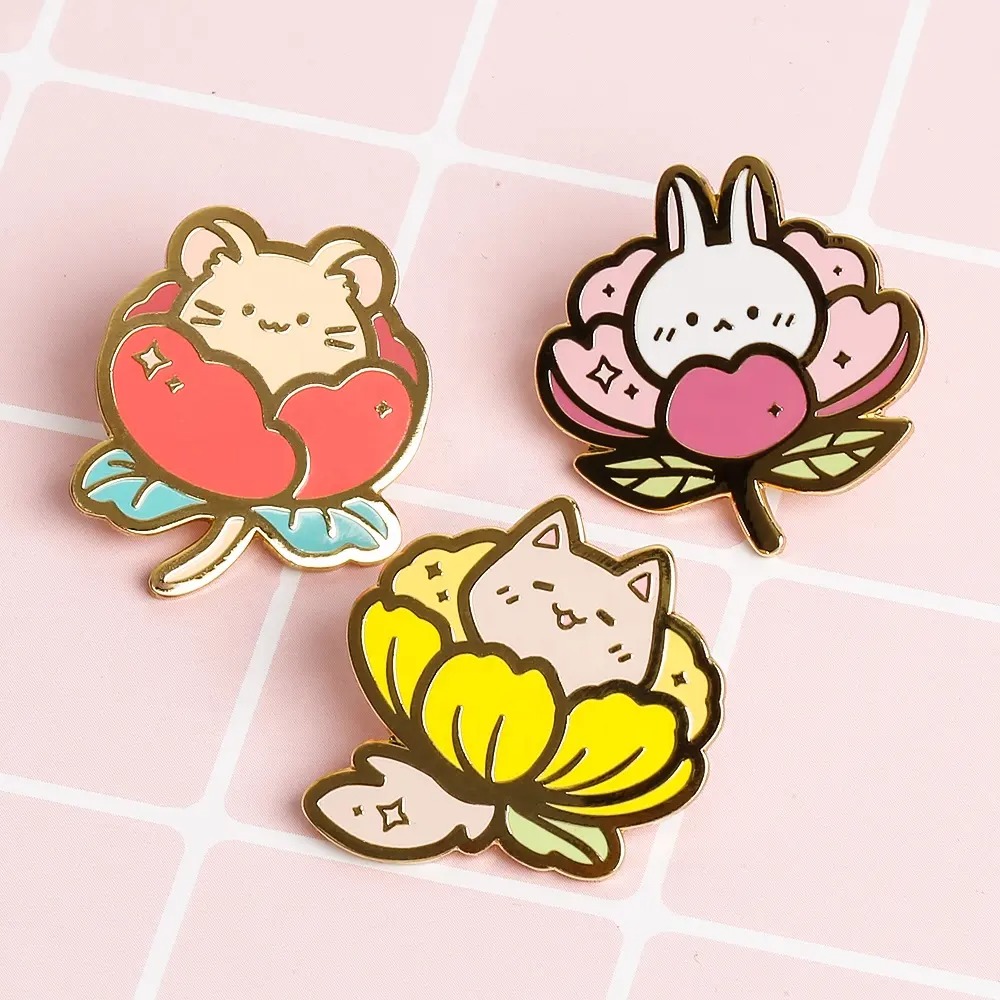
What is an Enamel Pin: Everything You Need to Know
Enamel pins are more than just small accessories. Over the past few years, they have become a significant form of self-expression, fashion, and even artistic collection. But what is an enamel pin exactly? In this article, we will explore the definition, the history, types, creation process, and uses of enamel pins. By the end, you’ll have a thorough understanding of why these miniature pieces of art are so beloved by people around the world.
What is an Enamel Pin?
An enamel pin is a small, decorative item made from metal, with colorful designs created using enamel paint. These pins typically come in various shapes, colors, and finishes, and can feature intricate designs. Enamel pins are usually attached to clothing, bags, hats, or other personal items using a metal clasp on the back. They are often used to express a person’s hobbies, affiliations, beliefs, or personality.
The term “enamel pin” comes from the enamel process used to color and finish these items. Enamel is a material made from powdered glass, which, when heated, melts and fuses onto a surface, creating a smooth, glossy finish. This enamel layer is what gives the pin its bright colors and professional look.
Types of Enamel Pins
1. Soft Enamel Pins
Soft enamel pins are one of the most popular types of enamel pins, largely because of their vibrant look and affordable cost. In soft enamel pins, the enamel paint is applied to the recessed areas of the pin’s metal base, leaving the raised edges of the design exposed. This gives the pin a textured, 3D appearance, where you can feel the difference between the enamel and the metal borders.
Soft enamel pins are ideal for designs with intricate details and are often used for casual or artistic pins. Due to their lower cost, they are widely produced and found in various marketplaces, from pop culture memorabilia to custom promotional products.
2. Hard Enamel Pins
Hard enamel pins, also called cloisonné pins, have a smooth and polished finish. The enamel paint is applied in layers, with each layer being baked until it reaches the same level as the metal outlines. The surface is then polished smooth, resulting in a glossy, durable finish. Hard enamel pins tend to have a more professional and high-quality look, making them a popular choice for corporate pins, formal settings, or collections where durability is a priority.
Hard enamel pins are more resistant to wear and tear compared to soft enamel pins. They are scratch-resistant, which makes them more suitable for long-term use or handling. However, hard enamel pins are generally more expensive to produce due to the additional layers of enamel and polishing required.
How Are Enamel Pins Made?
The process of creating enamel pins is a blend of artistry and craftsmanship. Here is a step-by-step breakdown of how enamel pins are typically made:
1. Design and Mold Creation
The first step in the production of enamel pins is designing the artwork. This design can be anything from a simple logo to a highly detailed illustration. Once the design is finalized, it is turned into a mold. The mold is used to stamp the design onto a sheet of metal, creating the raised and recessed areas of the pin.
2. Stamping the Metal
A die, or mold, is created based on the design and used to stamp the shape of the pin into a metal sheet. The metal can be brass, copper, or iron, depending on the desired finish and durability. The stamping process results in a base metal pin with raised borders, which will define the design.
3. Enamel Filling
After the metal base is prepared, the recessed areas of the design are filled with enamel paint. For soft enamel pins, the enamel is applied only once, while for hard enamel pins, multiple layers of enamel are applied and baked until the surface is even with the metal edges. Each color is added separately, and the pin is baked after each layer to harden the enamel.
4. Polishing and Plating
For hard enamel pins, the surface is polished smooth to create a uniform look. The polishing process removes any excess enamel that may have overflowed from the recessed areas. Once polished, the pins are plated with a metal finish, such as gold, silver, nickel, or black metal. Plating gives the pins their final, glossy appearance and adds durability.
5. Attachment of Backing
The last step in making enamel pins is attaching the pin backing. This is typically a butterfly clasp, rubber backing, or magnet that allows the pin to be attached to clothing or other accessories. After this step, the enamel pins are ready to be used or sold.
The History of Enamel Pins
Enamel pins have a rich history that dates back centuries. The technique of applying enamel to metal has been used for decorative purposes since ancient times. In ancient Egypt, enamel was used to create jewelry and decorative objects, while cloisonné, a technique similar to hard enamel, was used in ancient China to create intricate vases, jewelry, and other artifacts.
Lapel pins, the precursor to modern enamel pins, gained popularity in the 19th and early 20th centuries as a way for people to show their affiliation with political parties, military units, or social organizations. These early pins were often simple metal badges, but as the enamel process became more widely available, pins featuring colorful designs started to emerge.
In the late 20th century, enamel pins evolved into more of a fashion statement, especially with the rise of pop culture. Artists and designers began creating pins featuring cartoon characters, movie icons, and other pop culture references. Today, enamel pins are a form of wearable art, with many independent artists creating custom designs and selling them online or at conventions.
Uses of Enamel Pins
One of the main appeals of enamel pins is their versatility. They can be used in a variety of ways to express personal style, support causes, or promote brands. Here are some common uses of enamel pins:
1. Fashion Accessories
Enamel pins are often used as fashion accessories. People pin them onto jackets, hats, bags, and even shoes to add a pop of color and express their personality. Many people create themed collections, arranging multiple pins to showcase their interests, hobbies, or affiliations.
2. Collectibles
Enamel pins are highly collectible items. Many companies and artists produce limited-edition pins, which can become valuable over time. Collectors often trade pins at conventions, creating a community around enamel pin collecting. Some rare pins, especially those from popular brands or artists, can fetch high prices on resale platforms like eBay.
3. Promotional Items
Businesses use custom enamel pins as promotional tools. Companies often give out enamel pins featuring their logo or mascot to employees, clients, or at trade shows. These pins act as a form of branding, helping to increase brand visibility while giving recipients a unique and memorable keepsake.
4. Support for Causes
Enamel pins are often used to raise awareness for charitable causes. For example, pink ribbon enamel pins are commonly worn to support breast cancer awareness, while other pins may represent environmental causes or social movements. Wearing these pins allows people to show their support for a cause and start conversations with others about important issues.
5. Commemorative Items
Many people use enamel pins to commemorate significant events or milestones. Organizations and clubs create pins to mark anniversaries, special achievements, or important gatherings. These pins become lasting symbols of those events, providing a physical keepsake to remember the occasion.
Why Are Enamel Pins So Popular?
Enamel pins have experienced a resurgence in popularity in recent years, largely due to their versatility and accessibility. Here are some reasons why enamel pins have become so beloved:
- Customizable: With endless design possibilities, enamel pins can be tailored to suit any interest, making them a highly personal accessory.
- Affordable: Enamel pins are generally affordable, making them an accessible way for people to collect and express themselves without spending a lot of money.
- Portable: Unlike other forms of art or memorabilia, enamel pins are easy to carry and wear, making them perfect for people who like to showcase their interests on the go.
- Nostalgia: For many, collecting enamel pins brings a sense of nostalgia, whether it’s for childhood cartoon characters, bands, or past events.
- Artistic Expression: Independent artists have embraced enamel pins as a medium for showcasing their artwork, helping the popularity of pins as small, wearable pieces of art.
How to Care for Enamel Pins
While enamel pins are durable, it’s essential to care for them properly to maintain their appearance and value. Here are some tips for caring for your enamel pins:
- Avoid Moisture: Enamel pins can tarnish if exposed to moisture. Keep your pins dry to avoid damage to the metal plating.
- Store Carefully: If you collect enamel pins, consider using a display case or pin board to store them when they’re not in use. This prevents them from getting scratched or damaged.
- Clean Gently: If your enamel pins become dirty or tarnished, clean them gently with a soft cloth. Avoid using abrasive materials that can scratch the enamel or metal plating.
Conclusion
Enamel pins are much more than just decorative accessories. They are a way for individuals to express themselves, commemorate important moments, and even support causes they care about. With their rich history, variety of designs, and versatility in use, enamel pins have become a staple in both fashion and collectible markets.
Whether you’re new to the world of enamel pins or a seasoned collector, these small but powerful pieces offer an exciting and creative way to share your personality with the world.
FAQ About Enamel Pins
1. What is an enamel pin?
An enamel pin is a small, decorative pin made from metal and covered with a colorful enamel coating. These pins often feature intricate designs and are used as accessories on clothing, bags, hats, and more. They are typically fastened using a metal or rubber backing.
2. What are the types of enamel pins?
There are two main types of enamel pins: soft enamel and hard enamel. Soft enamel pins have raised metal edges and a textured surface, while hard enamel pins are polished smooth for a sleek, durable finish.
3. How are enamel pins made?
Enamel pins are made through a process that starts with designing a mold, stamping the design onto metal, filling recessed areas with enamel paint, baking to harden the enamel, and then polishing or plating the pin. Finally, a backing is attached to make the pin wearable.
4. What is the difference between soft enamel and hard enamel pins?
Soft enamel pins have a textured surface with raised metal edges, while hard enamel pins have a smooth, polished finish. Hard enamel pins are generally more durable and scratch-resistant, making them better for long-term use.
5. Why are enamel pins so popular?
Enamel pins are popular because they are versatile, customizable, affordable, and easy to wear. They allow individuals to express their personality, show support for causes, or commemorate special events. They are also widely used as collectibles and promotional items.
6. Where can I put enamel pins?
Enamel pins can be attached to various items, including jackets, backpacks, hats, and even shoes. Some people also use them as decorative items for lanyards, curtains, or in display cases for their collections.
7. Can I create my own enamel pins?
Yes, many companies offer custom enamel pin creation services. You can design your own pin, select colors, and choose between soft or hard enamel options. The company will then manufacture the pins based on your design.
8. How should I care for my enamel pins?
To care for enamel pins, avoid exposing them to moisture, as this can tarnish the metal. Store them in a dry place or display case when not in use. If they become dirty, clean them with a soft cloth to maintain their appearance.



